Happy Birthday #NASA. 60 has never looked better!🎉🎂
From the beginning, Goddard has worked to support our agency’s work of uncovering the universe 🌃.
Here are a few ways Goddard has helped along the way. #NASA60th


From the beginning, Goddard has worked to support our agency’s work of uncovering the universe 🌃.
Here are a few ways Goddard has helped along the way. #NASA60th



It started with Dr. Robert Goddard! In 1926, he successfully tested the first rocket using liquid fuel 🚀🚀. Today he’s known as the “Father of Modern Rocketry.” #NASA60th
go.nasa.gov/2y5sAam
go.nasa.gov/2y5sAam
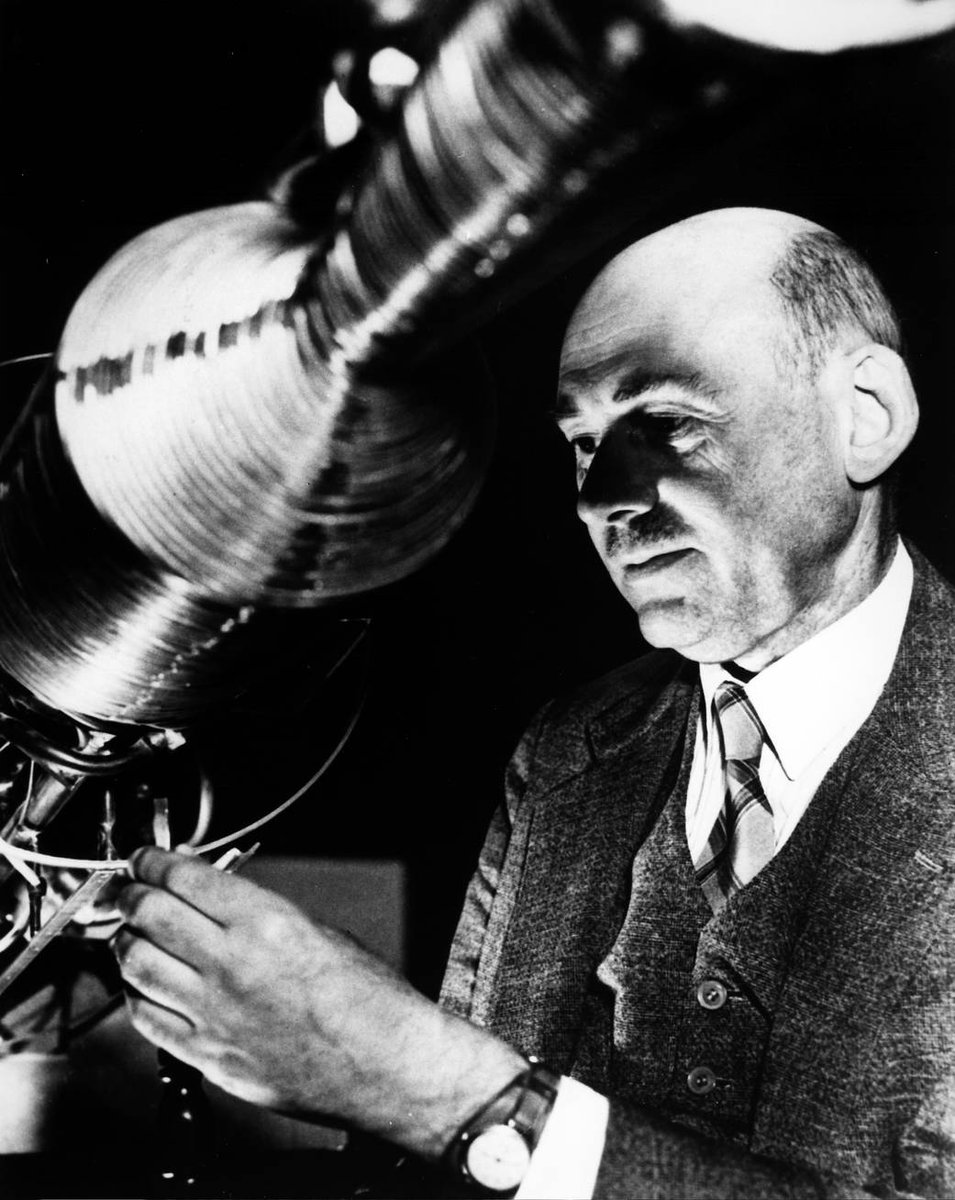
To honor his discovery, the Goddard Space Flight Center was named after him. Our campus became #NASA’s first space flight center in 1959. #NASA60th 

1961: The Manned Space Flight Network control center was established at Goddard in July 1961 to provide communications support for astronauts on the Mercury and Apollo missions. 

1962-1978: The eight Orbiting Solar Observatories — led by Goddard — studied the Sun off and on.Their observations of the Sun using specialized instruments and in different wavelengths of light revolutionized the way we see our star. go.nasa.gov/2P0LOFe 

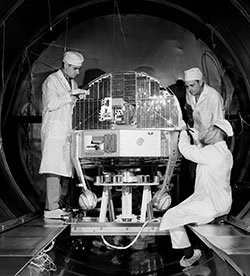
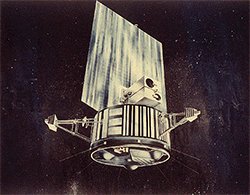
1964-1978, Named after the Latin word for “rain cloud,” the Nimbus satellites were a series of seven Earth-observation satellites and became known as the “granddaddy of the current Earth-observing fleet.” Nimbus-7 helped verify the hole in the ozone layer. go.nasa.gov/2wiqv9N
1968: Smile @NASAMoon 🌕. The astronauts aboard Apollo 8 saw 🌎 rising above the limb of the Moon as they circled our planet’s natural satellite. svs.gsfc.nasa.gov/4129 
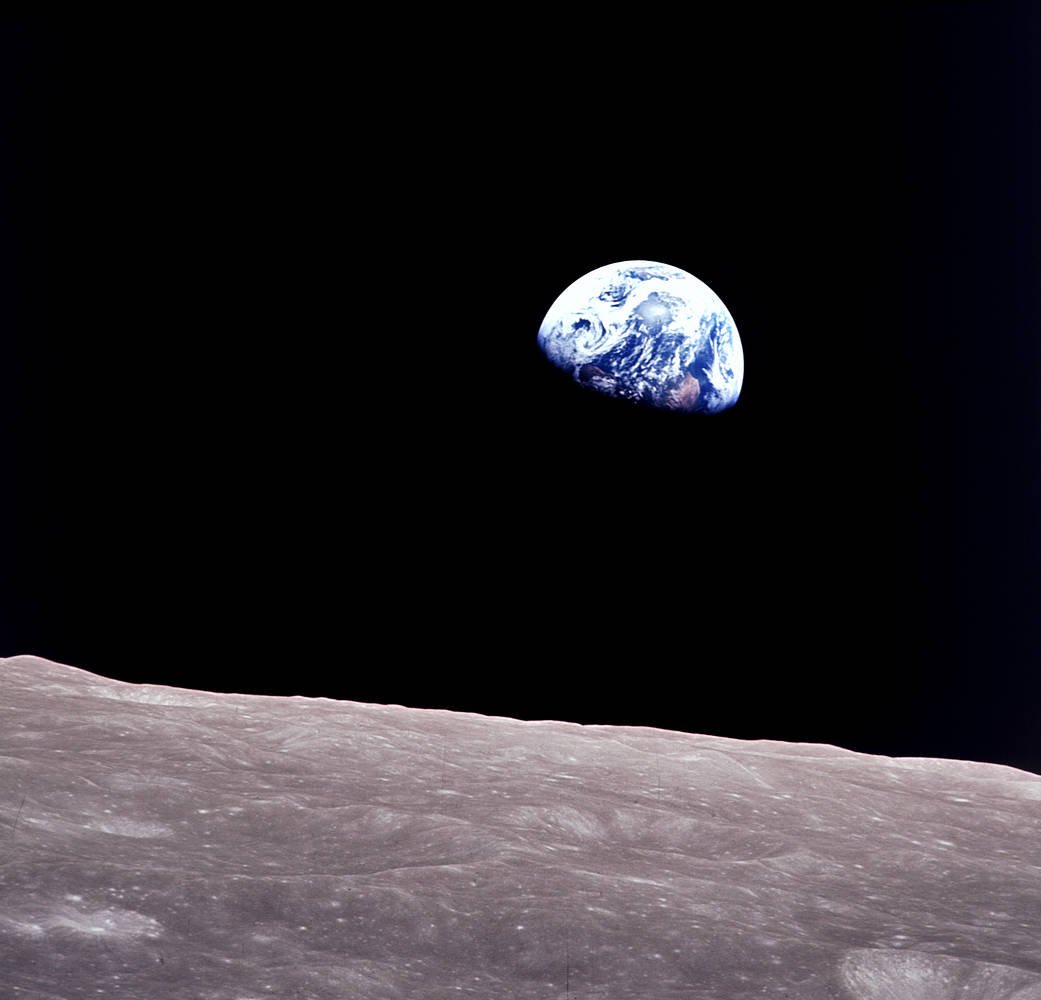
1972: @NASA_Landsat , aka the Earth Resources Technology Satellite – ERTS — was launched. It was the first Earth-observing satellite launched with the intent of studying and monitoring Earth’s landmasses. The Landsat program is a partnership with @USGS.
go.nasa.gov/2xPI56S
go.nasa.gov/2xPI56S
1974: In Oct. 1974, Goddard scientists launched their first X-ray experiment into space on the Ariel-5 satellite. What were those early years like? Read about it from our scientists go.nasa.gov/2NdAxzH via @NASAblueshift 

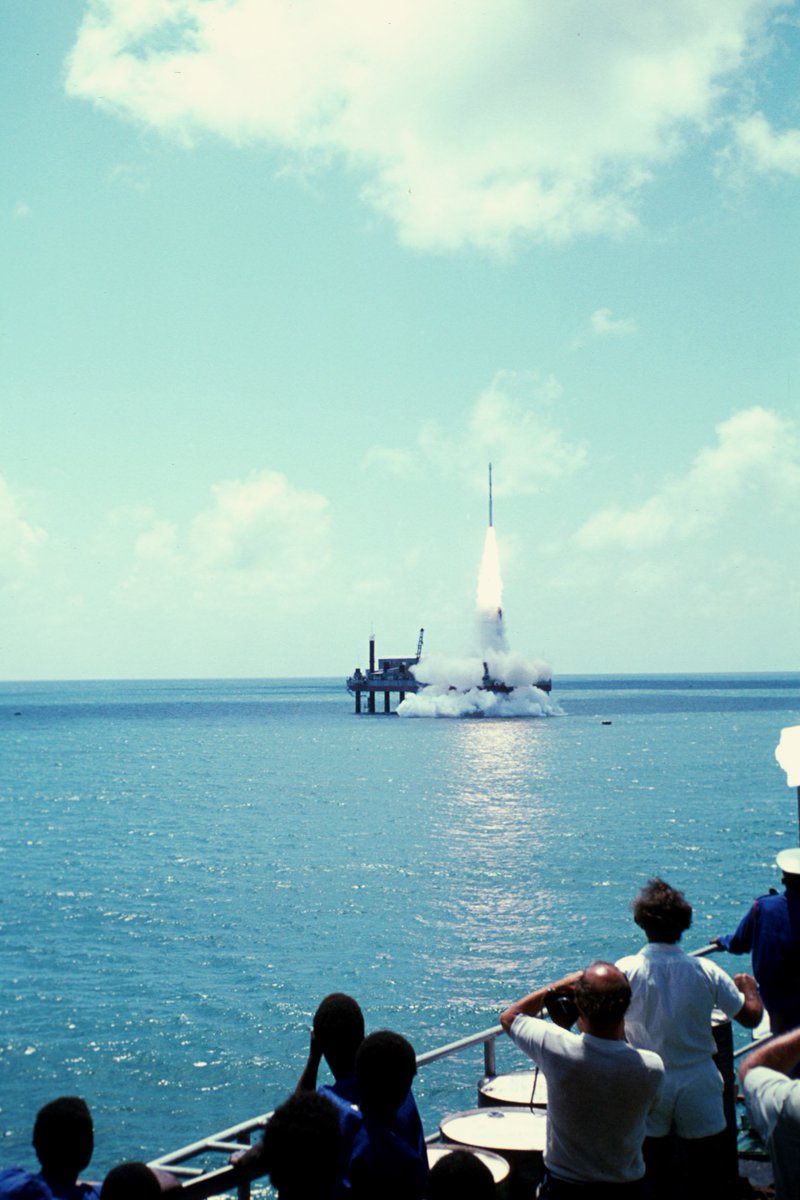
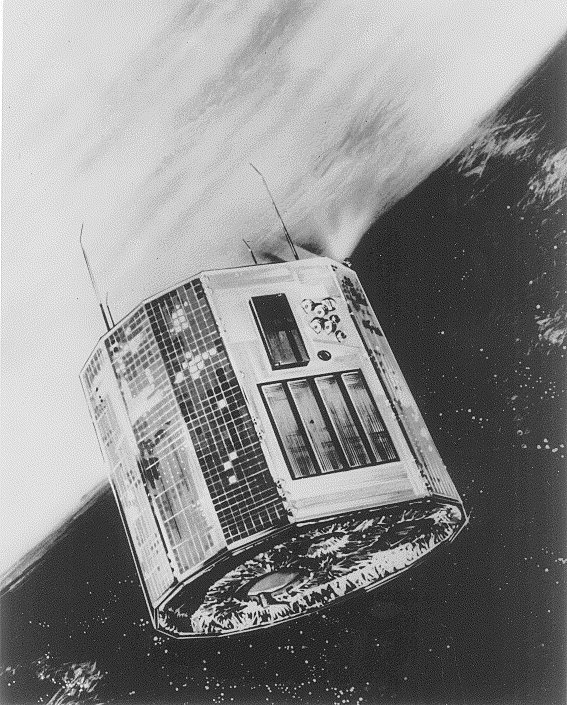
1976: The German-American Helios 2 spacecraft reached its closest point to the Sun — currently the record for a spacecraft, at 27 million miles! — on April 17. Along with its sister spacecraft Helios 1, Helios 2 carried two instruments from Goddard.
go.nasa.gov/2ReoIfX
go.nasa.gov/2ReoIfX
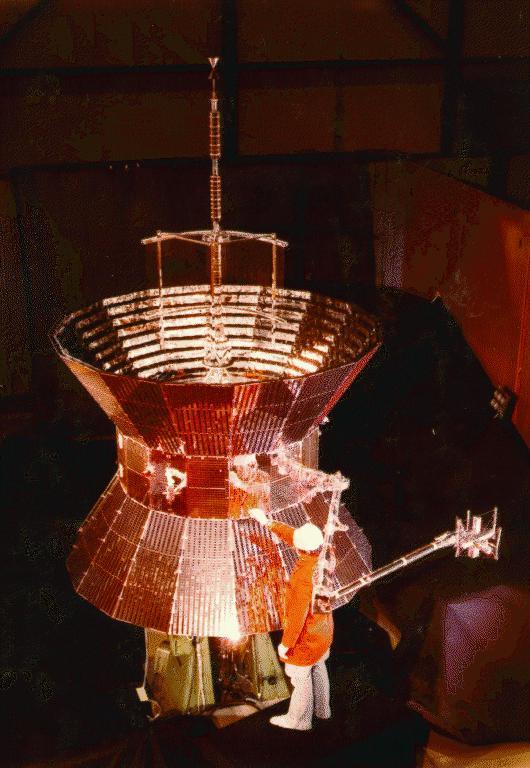
1981: @NASA_Wallops becomes part of Goddard. In 2014, Wallops begins commercial resupply missions to @Space_Station 
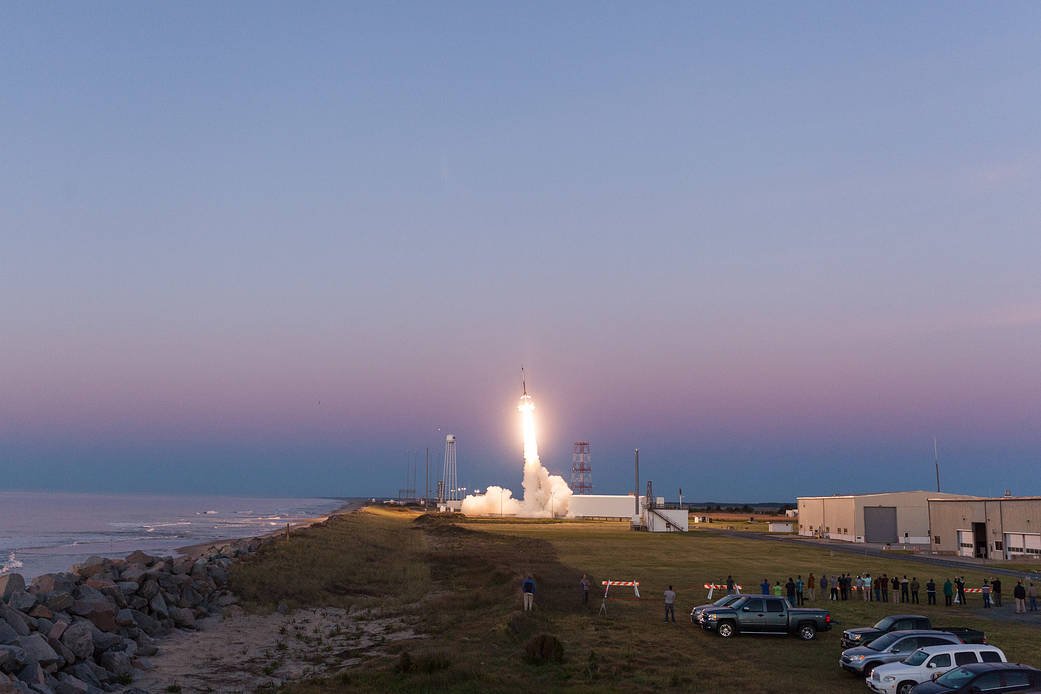
1983: Tracking and Data Relay Satellite-1 launched aboard space shuttle Challenger on April 4, 1983. This was NASA’s first step toward building a space communications network with nearly continuous coverage. #NASA60th 

1990: Hubble launches! Hubble was first conceived in the 1940s and was originally known as the “Large Space Telescope.” Learn more about Hubble’s history by following @NASAHubble. 
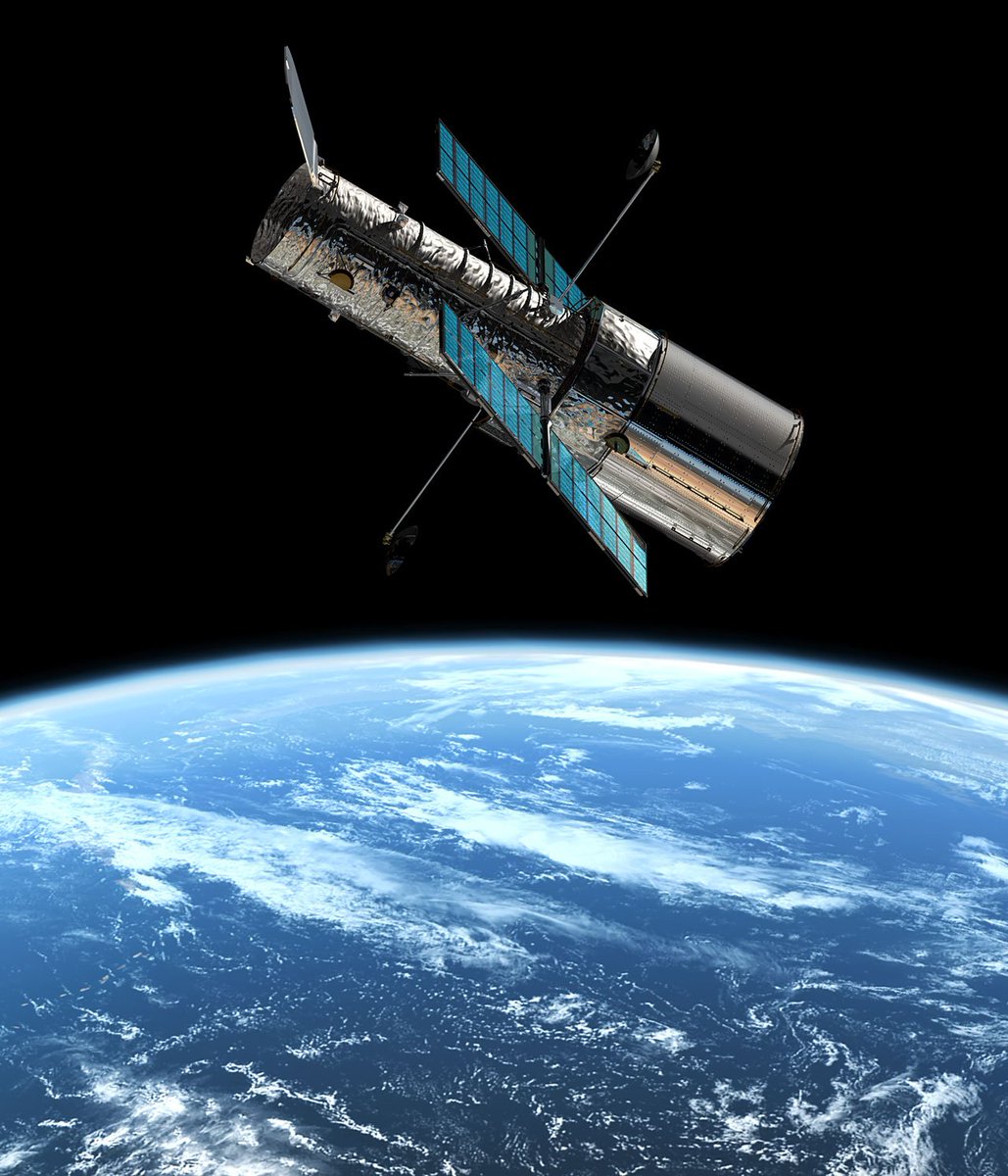
1995: Hubble released its iconic “Pillars of Creation” image showing newborn stars emerging from dense pockets of gas via @NASAHubble nasa.gov/hubble 
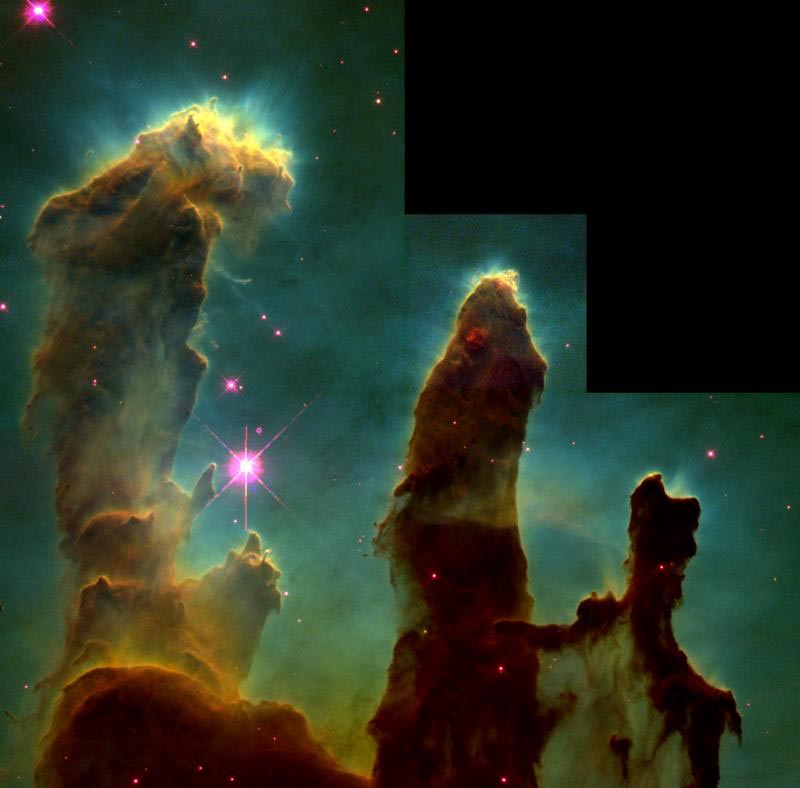
1998: Center leaders Chris Scolese and George Morrow mentor interns on the Terra and Aqua missions at Goddard. In the late 90’s, they both served as project managers before advancing to Goddard senior leadership’s director positions. 

2001: Past and present project managers of NASA’s Aqua project, including now- deputy director George Morrow, came together to talk all things water! Aqua is a NASA Earth Science satellite named for the large amount of information it gathers on Earth's water cycle via @NASAEarth 
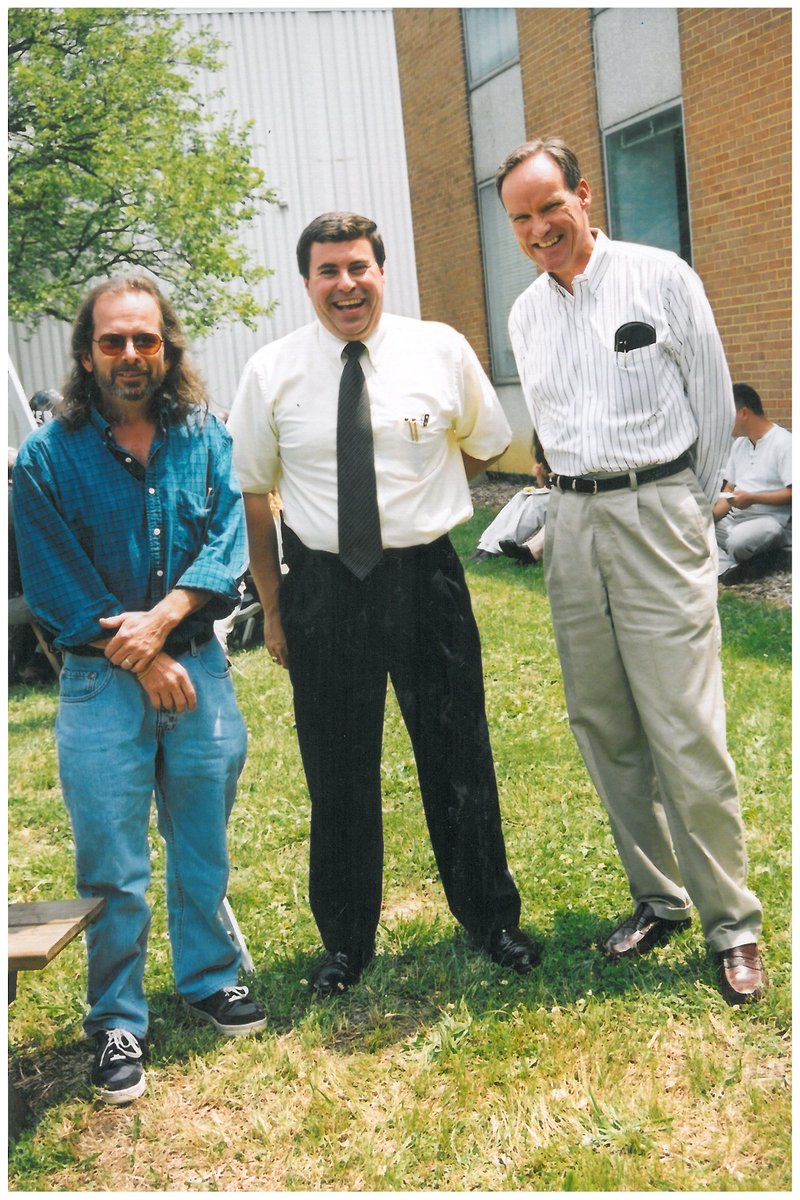
2006: Dr. John Mather won the Nobel Prize in Physics with Dr. George Smoot for their work on the Cosmic Background Explorer (COBE) satellite — which was built here at Goddard! nasa.gov/50th/50th_maga… 


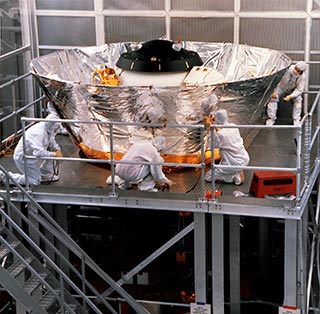
2006: After their 2006 launch, the twin spacecraft of the Goddard-led STEREO mission fanned out in either direction from Earth. On Feb. 6, 2011, they were far enough to provide us with the first-ever 360-degree view of the Sun via @NASASun
2009: The Lunar Reconnaissance Orbiter successfully launched from the Cape Canaveral Air Force Station. Still in orbit, @LRO_NASA is the longest-lived lunar orbiter. 
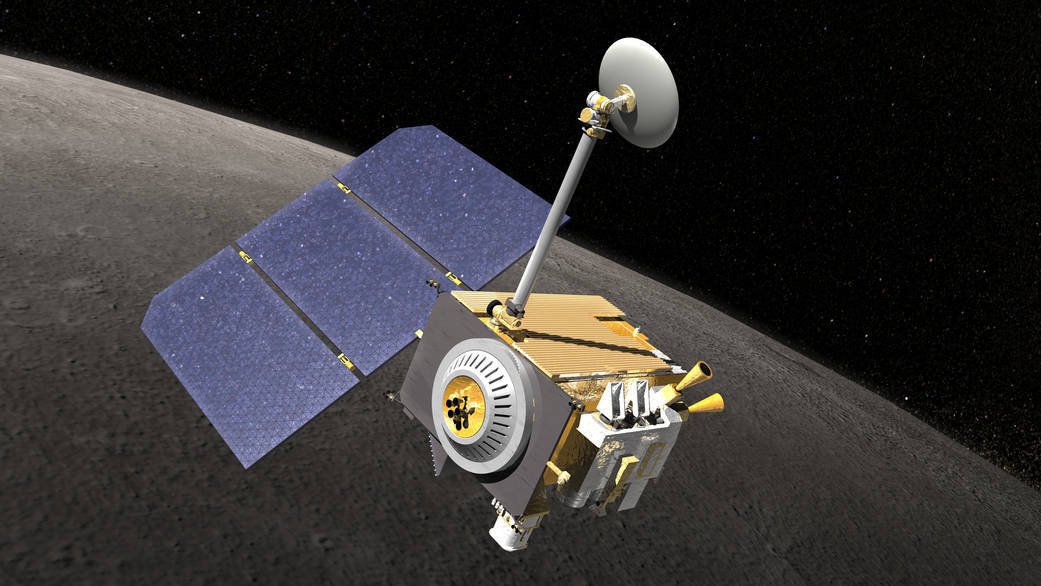
2013: NASA’s first laser communications system, the Lunar Laser Communications Demonstration, was launched aboard the Lunar Atmosphere Dust and Environment Explorer satellite. This was the agency’s first foray into laser communications. go.nasa.gov/2DMRyRW 
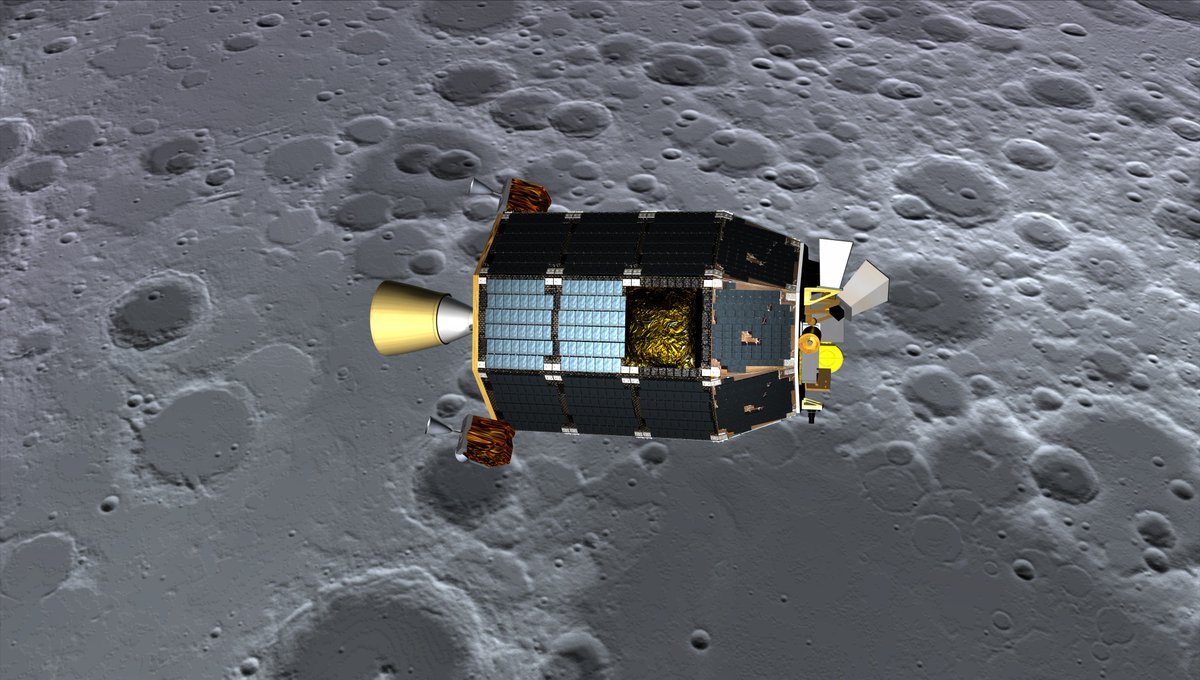
2015: On Oct. 16, 2015, the Magnetospheric Multiscale mission became the first to directly observe magnetic reconnection — a process that scientists think drives everything from auroras to solar flares! The four spacecraft were built & tested here at Goddard. #NASA60th 
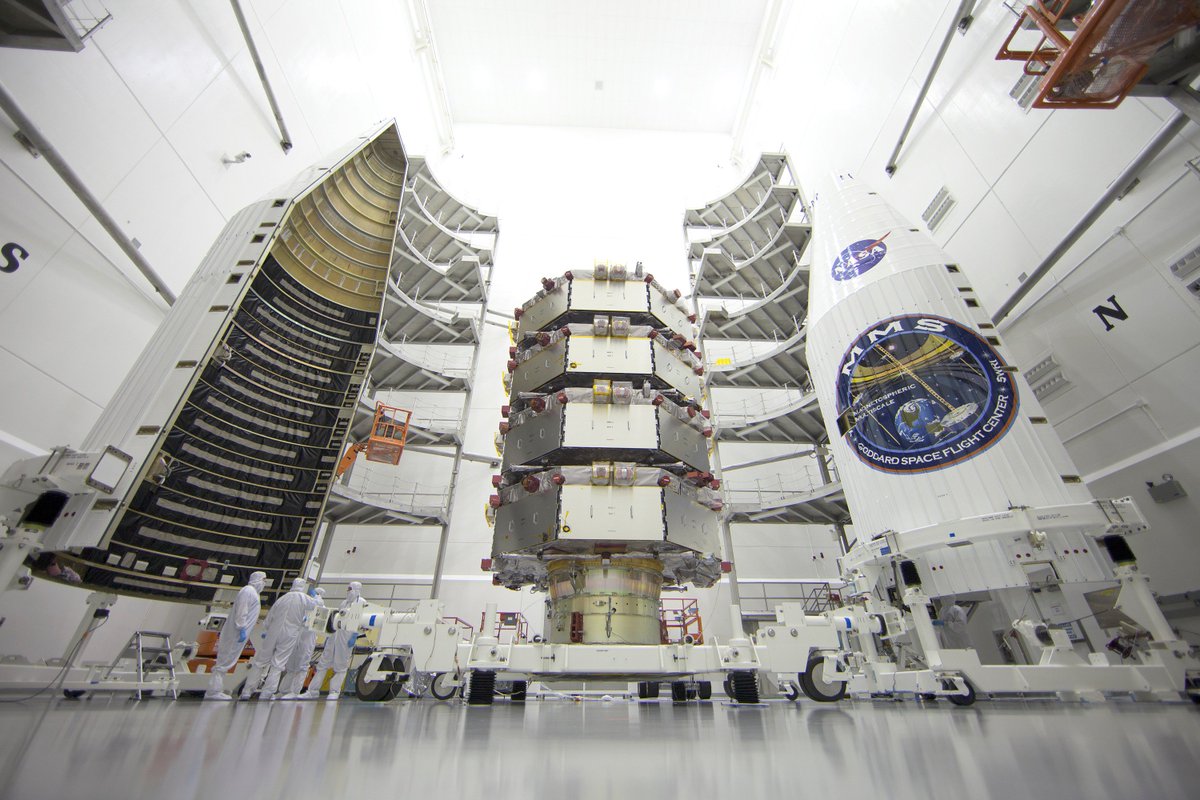
2017: @NASAFermi and @LIGO detected gamma rays and gravitational waves from the same binary neutron star merger! But we’ve been doing gamma-ray astronomy here since the 1960s — here’s Dr. Floyd Stecker at the first-ever Gamma Ray Astronomy Symposium in 1973 via @NASABlueshift 


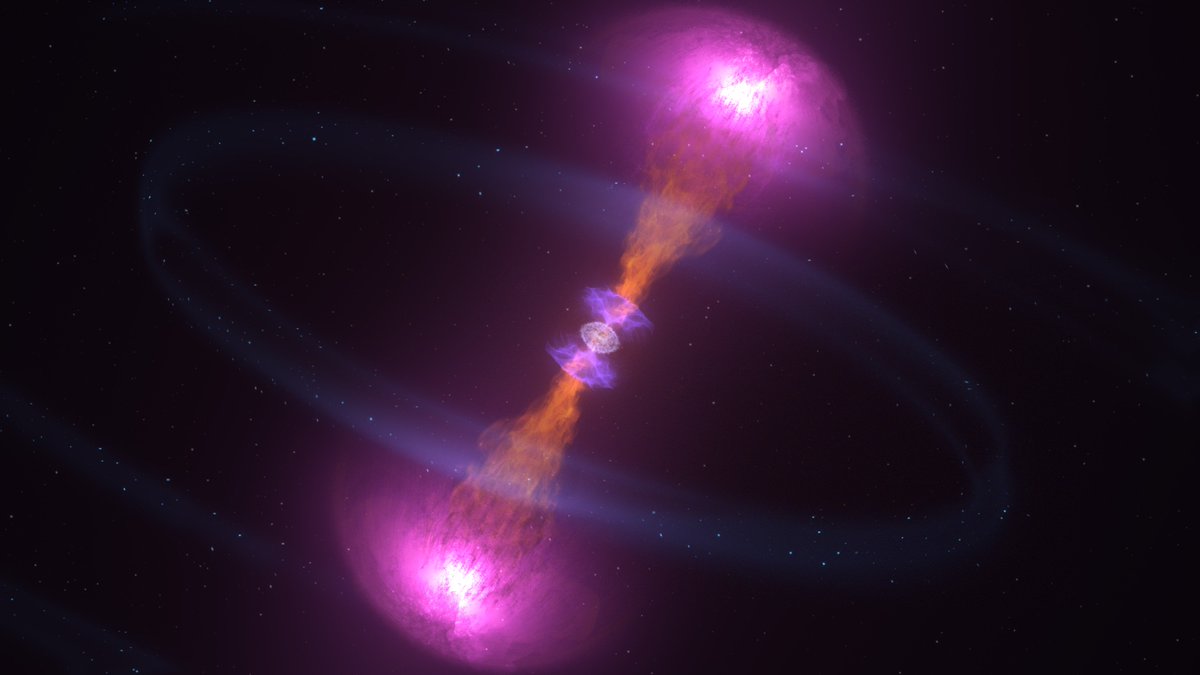
2021 and beyond: NASA plans to launch the James Webb Space Telescope, which was serviced at Goddard in 2017. #NASA60th 
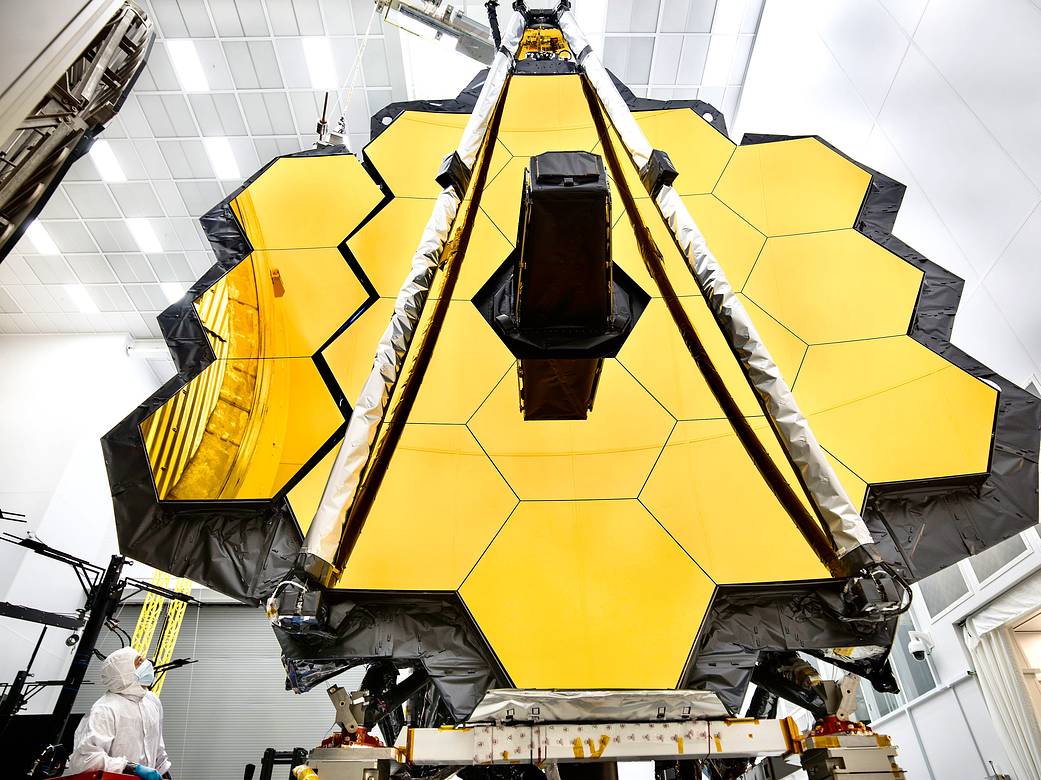
• • •
Missing some Tweet in this thread? You can try to
force a refresh




